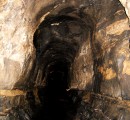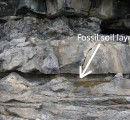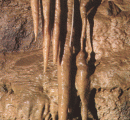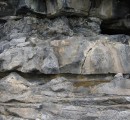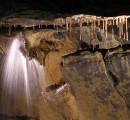Aillwee Cave
Aillwee Cave was first discovered in 1940 by local farmer Jack McGann who followed his dog into the cave. It wasn’t until 1973 that he told cavers about it and by 1977 the cave had been fully explored and mapped. Formed by water flowing through cracks in the limestone hill, it is one of the oldest caves in the Burren and contains bear bones, stalactites, stalagmites and an underground waterfall. The limestone terraces on the hill behind the cave contain evidence of fossil soils that are over 300 million years old.
Cave Geology
Aillwee Cave has a long complex history and radioisotope data suggest the cave is more than 1 million years old and was already formed before the last major ice advance. It was formed by rainwater dissolving the limestone as it flowed from the surface through vertical fissures called ‘grikes’ in the limestone over long periods of time. Water continues to flow in parts of the cave although the main passage is now inactive and dry.
Bear Bones
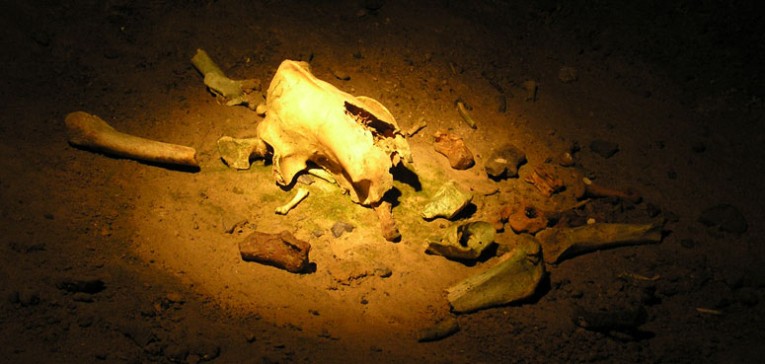
Sea-levels
The base of the rocky terraces on Aillwee Hill mark the position of thin clay or shale layers in the limestone. These shale layers are thought to mark periods of exposure when sea-levels were lowered due to an ice age 330 million years ago. As sea-levels dropped the seafloor was exposed to weathering and soil formation. The subsequent sea-level rise covered these layers with limestone again. These clay layers are impermeable barriers to water and springs often emerge where they occur.
